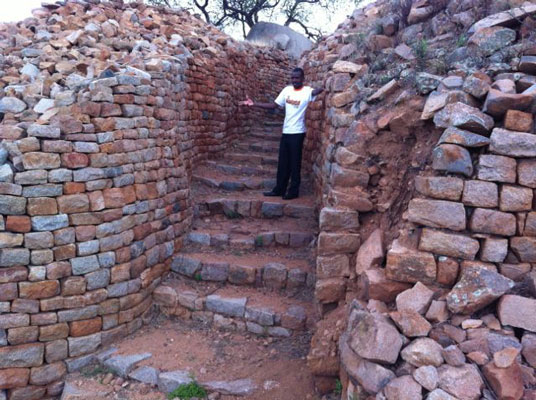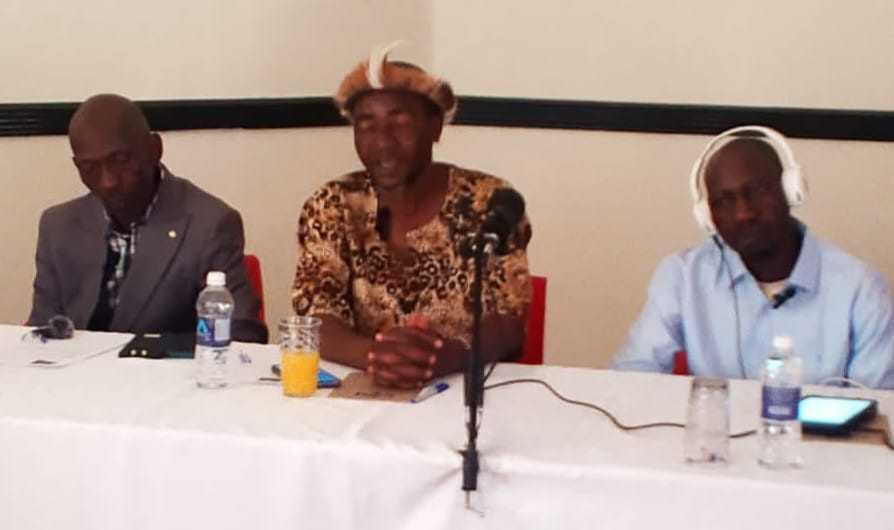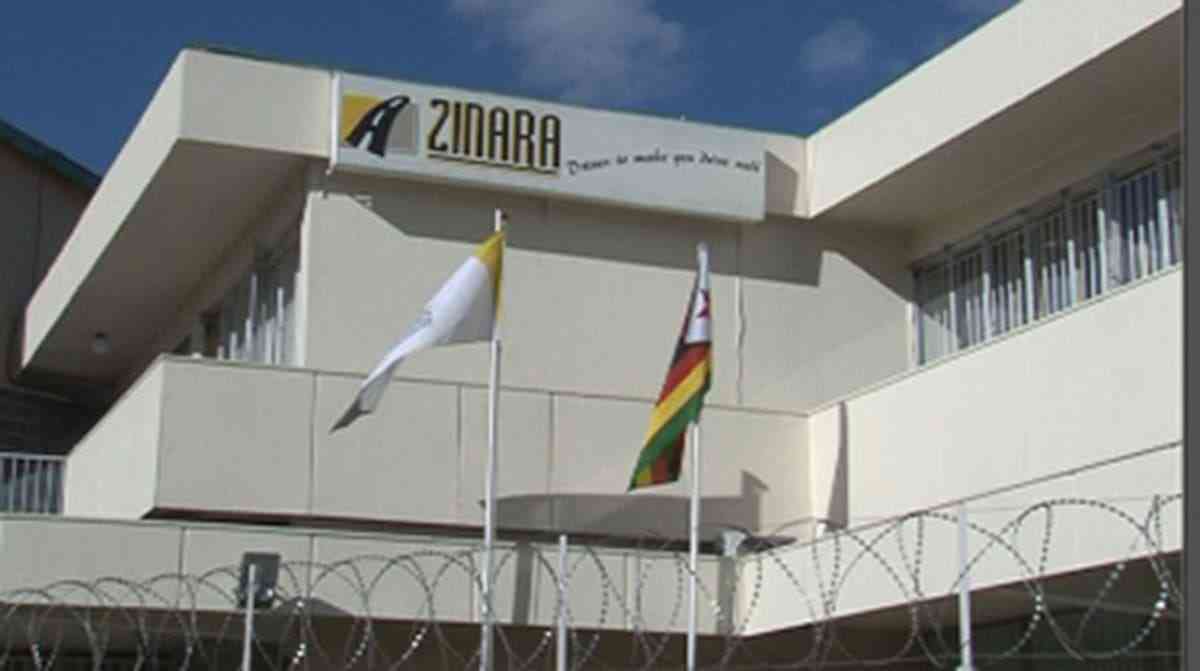
BY RICHARD MUPONDE
The government is in the process of declaring the Luswingo heritage site in Bulilima, Matabelaland South, a monument following intense lobbying by the local community.
Located in Tokwana village, the site is believed to be older than the Khami Ruins.
Archaeologists from the Department of National Museums and Monuments of Zimbabwe have already carried out studies at the site following requests by Lubahhe, a group of Kalanga elders and the Kalanga Language and Cultural Development Association (KLCDA).
KLCDA secretary for functions, Japhet Nyoni revealed the new development during the Luswingo Festival, which was held at the heritage site.
“This sacred place is on the verge of being declared a monument by the Department of Museums and Monuments,” he said.
“They have been here taking samples. “We have been lobbying for this so that we market this area as tourist site.
“This place is a sacred place for the Kalanga people and we want people to benefit from it economically.”
- Chamisa under fire over US$120K donation
- Mavhunga puts DeMbare into Chibuku quarterfinals
- Pension funds bet on Cabora Bassa oilfields
- Councils defy govt fire tender directive
Keep Reading
Nyoni said archaeological findings indicated that the monument was older than Khami Ruins.
“What we are not sure of is which one is older between Luswingo and Great Zimbabwe,” he said.
“ However, evidence is there that the people who built Luswingo, Khami Ruins, Great Zimbabwe and the Domboshaba Ruins in Botswana are the same people, which goes back to the Kalanga origins.”
Plumtree Town on a hill on the Thekwane riverbank.
It was built by BaKalanga in their distinguished workmanship in the fashion of Masvingo and Khami heritage sites in Zimbabwe as well as Mapungubgwe and Domboshaba heritage sites in South Africa and Botswana respectively, amongst others.
Though much smaller in size, the stone walled settlement exhibits the combination of both structural and civil engineering skills of early civilisation.
The top of the hill, which makes the inner enclosure, can only be accessed from the western side of the hill.
There is a secret exit through a cave to the east towards the river. It is impossible to climb the mountain from the secret exit.
Luswingo’ is a Kalanga word, which means ‘stone wall’.











